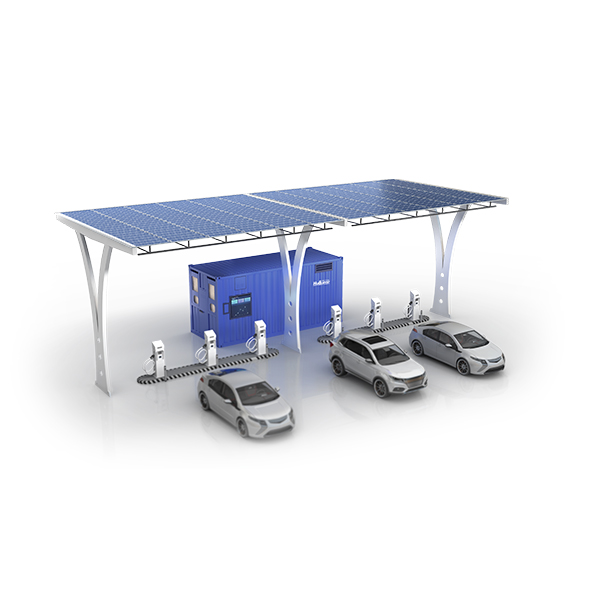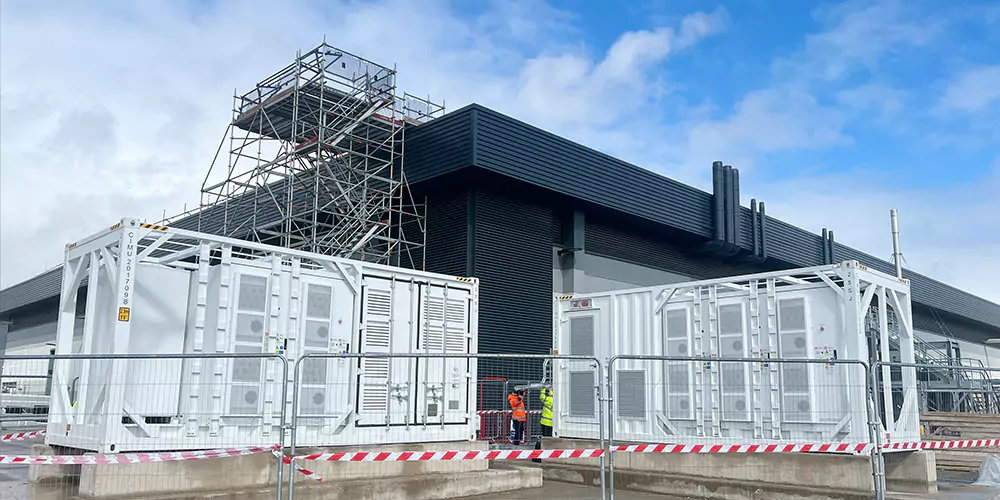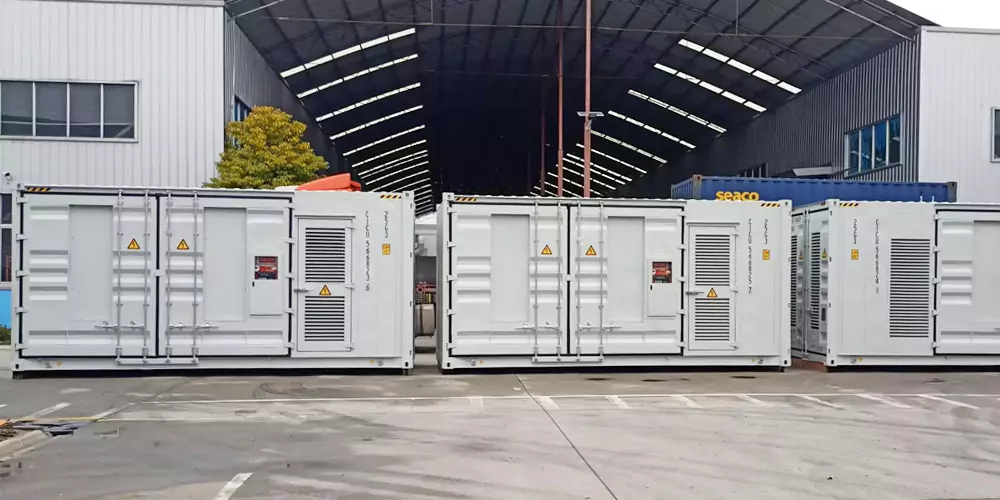The development and popularization of residential solar power systems in Spain are witnessing a remarkable surge. According to data from the Unión Nacional de Energía Fotovoltaica (UNEF), Spain installed 495 megawatts (MW) of customer-side energy storage facilities in 2023, approximately three-quarters of which were dedicated to residential installations, underscoring a significant increase in household interest in solar energy systems.
Moreover, the Spanish government is actively fostering residential solar initiatives. For instance, in the town of Caldes, located 35 kilometers north of Barcelona, the local authorities collaborated with residents' associations to install solar panels on the roofs of public facilities such as schools, establishing six comprehensive "energy communities" powered by solar energy. This model not only supplies renewable heat to the locality but also showcases the potential for community-level self-generation.
From an economic perspective, residential solar installations in Spain offer compelling profitability. With high electricity prices, household solar systems can yield annual savings of 40-60% on electricity bills, while government subsidies and local tax exemptions further reduce the investment payback period to within five years. This financial allure has fueled a surge in the installation of residential solar systems.
To achieve broader deployment, the Spanish government has outlined ambitious energy strategic objectives, targeting an accumulative installation of 76 gigawatts (GW) of photovoltaic systems and 22 GW of energy storage systems by 2030. This represents a notable increase from the previous target of 39 GW for photovoltaic installations, demonstrating Spain's commitment to the renewable energy sector.
In conclusion, the residential solar market in Spain is thriving, fueled by supportive government policies, economic incentives, and societal emphasis on sustainable energy. Looking ahead, with additional policy support and technological advancements, the prevalence of residential solar systems in Spain is expected to escalate further in the coming years.















 Inquiry
Inquiry Online Chat
Online Chat